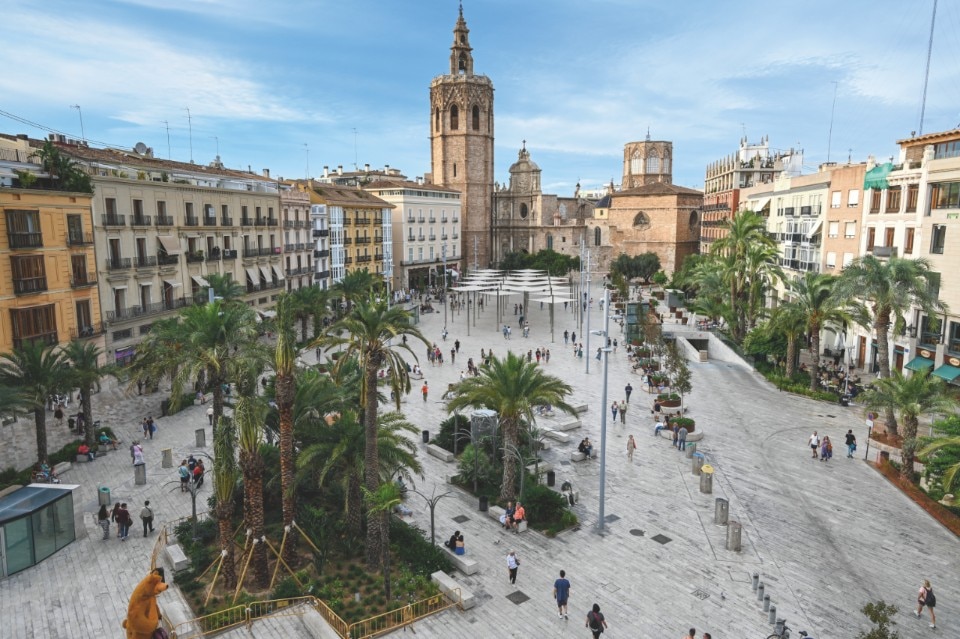“Freedom is not about being able to drive everywhere, as some say. Freedom is about being able to go anywhere without a car.”
These words, spoken by Janette Sadik-Khan, a leading expert in global transportation and urban transformation, inspired Giuseppe Grezzi. The man who, over the past eight years, has revolutionized mobility in Valencia, which was honored with the 2024 European Green Capital Award. This annual prize from the European Commission recognizes the city that has most successfully achieved ambitious environmental protection goals. Today 75% of its roads have 30 km/h speed limit, and a 50 km/h limit on the remaining roads. Since his arrival, the use of bike lanes has increased by more than 200%.
Born in 1973 in Latronico, Basilicata, Grezzi was Valencia’s councillor for sustainable mobility from 2015 to last June, while also serving as president of the local transport company.
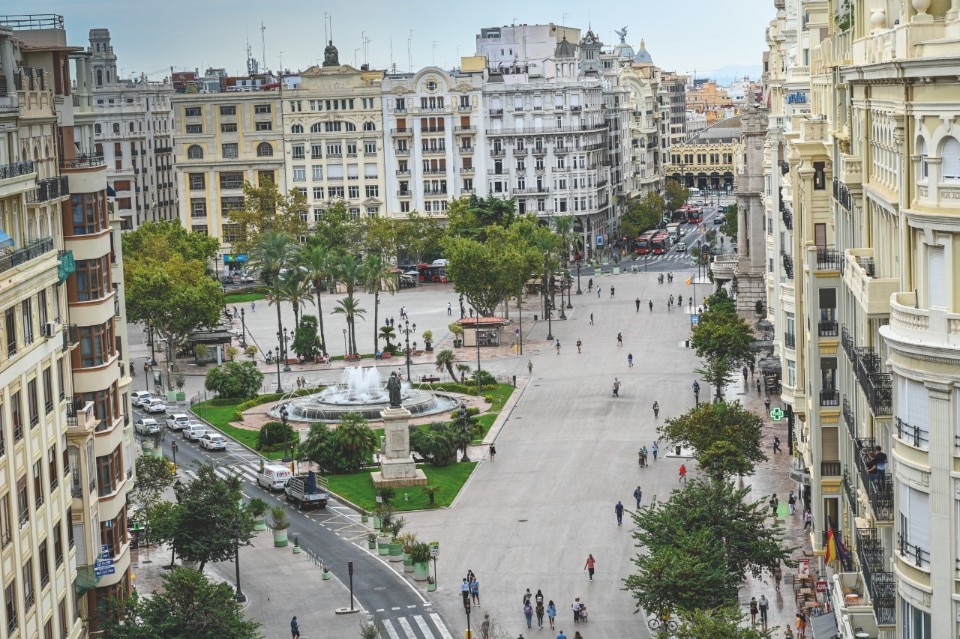
Giuseppe Grezzi, what was Valencia like in 2015?
“It was a city without a sustainable mobility project. With its 800,000 inhabitants over 135 km2, it is the third largest city in Spain after Madrid and Barcelona. It has a centre with very narrow streets. And back in 2015 these streets and the rest of the city were invaded by cars. There was no bike lane network, many accidents occurred due to excessive traffic, and to make matters worse, the public transport company was almost bankrupt.”
What were the first steps taken?
“We set 30 km/h speed limit throughout the historic centre. With Mayor Joan Ribó Canut, we wanted to send out a strong and clear message to citizens that it was time to start moving in a sustainable and safe way, changing ingrained habits. In introducing such radical change, actions matter but so do words: that was the reason why the Traffic and Transport Department was renamed Sustainable Mobility Department. Similarly, we went from the 2010 Circulation Ordinance to the 2019 Mobility Ordinance, which regulated all forms of movement in the city so that there would be space equity and accessibility for all users in the best safety and sustainability conditions, protecting the most vulnerable by giving them priority, bearing in mind that more than 50% of transfers within the city are made by pedestrians. But the 30 km/h limit was just the starting point. We went on to remove, one by one, the advantages of using the car instead of other means of transportation. In order to change the “I move faster by car and therefore reach my destination sooner” paradigm we worked on traffic light synchronisation, for instance, so that speedy driving would cause the loss of the so-called ‘green wave’, which is normally caught by car drivers by increasing their speed. We also limited parking possibilities in the city centre.”
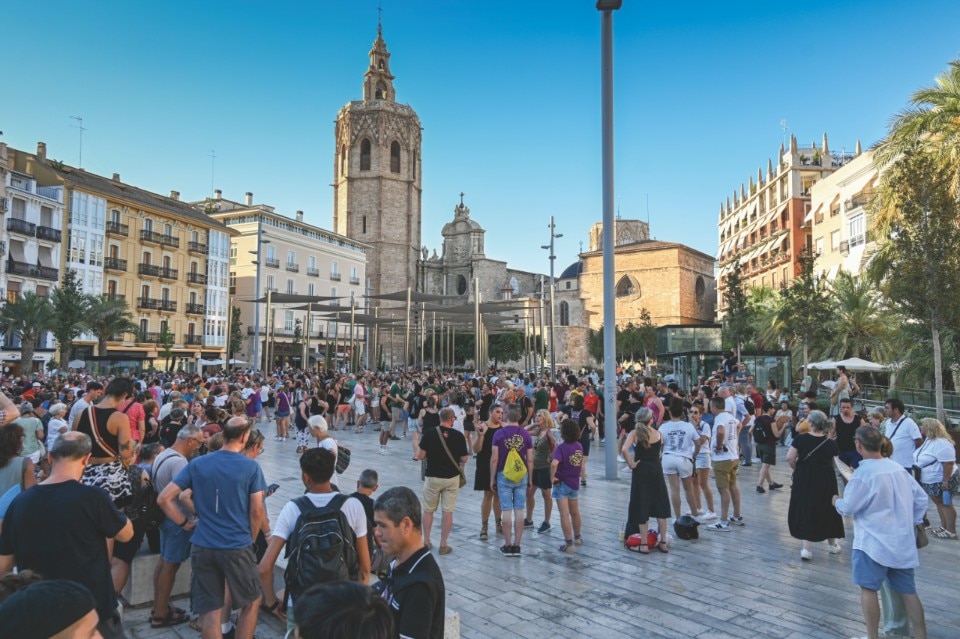
Today the town hall square is pedestrianised…
“We immediately started to test the situation, closing the square to cars on a Sunday and opening it to citizens, welcoming various activities (local agriculture market, paella festival, etc.) They said that no one would come to the centre without using their car. After two months, we started doing it every week because the people asked us to. So we realised that the square could become permanently pedestrianised. This was a project we completed four years later, slightly behind schedule due to Covid. The main problem was that 15 bus lines converged in that square, so we analysed millions pieces of data to identify the users’ origin and destination routes, which we then converted from radial routes to perimeter routes.”
All these measures make sense, however, only if public transport services are increased...
“The timetable of 23 lines was extended until late at night. They run almost 24 hours a day, since 2016 more than 300 new buses have been introduced, 300 drivers have been hired and 900 bus stops have been set up. Near bus stations and bus stops, citizens also have bicycle parking spaces and can access sharing services.”
How did you assure equity and accessibility?
“We introduced an integrated bus and metro ticket, a 20€ yearly ticket for pensioners, and a 5€ two-year ticket for children under 14. Plus a 10€ ticket for low income citizens. A 10-ride ticket, which used to cost 8.5€, now costs 4€. It is essential to educate the users of tomorrow: if we get young people used to taking the bus, we will have more responsible citizens in the future. And the financial status of the public transport company has improved.”
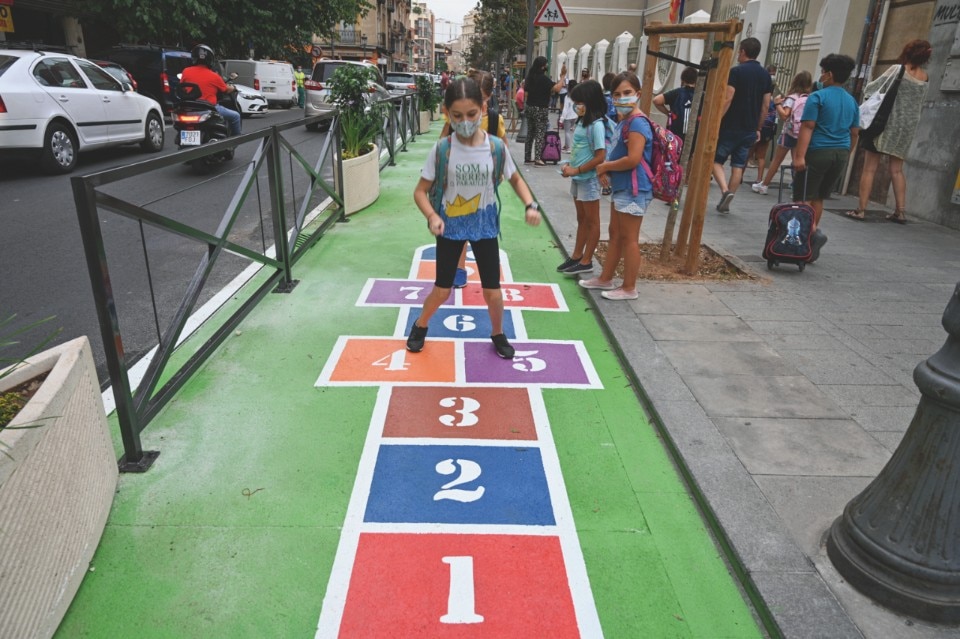
Did bicycle lanes encourage people to stop using their cars?
“In 2015, Valencia had 123 km of bicycle lanes, in 2022 190 km. That’s a 50%-increase. But the most interesting figure was the increase in the use of bicycles: +214%, especially in the 5km ring around the historic centre that was opened in 2017.”
On the streets of some cities such as Milan, cyclists very often get the worst of it. How do you ensure the cyclists’ safety?
“Bicycle lanes must be protected from the rest of the road. Those just marked with paint I don’t ever consider them as bicycle lanes. They are only bicycle routes. All our lanes are at least 2.5 m wide, bidirectional, and protected. It is no coincidence that cycling has increased from 30% to 40% in the children, women, and family categories. Traffic light synchronisation has enabled us to favour bicycle transit. This is how over just a few years Valencia has become one of the three best cycling cities in Spain, leaping from the bottom of the ranking all the way up to the podium.”
When these changes are implemented are citizens part of the problem or solution?
“Resistance to change is always very strong. Consider that in 2015 the outgoing mayor had been in office for 24 years. When we were in opposition, we had already studied the districts preparing a new mobility plan. Once we took office, we immediately set up a consultation table open to citizens, who must always be consulted, even if the decisions are to be taken by those in office. In these cases, making the population decide can be wrong and counterproductive: if you hold a referendum on mobility, you will almost certainly not succeed in changing anything. Resistance to change is inherent in human nature, feelings are easily manipulated and it is hard to explain why mobility must change or why parking spaces should be eliminated. Then there are also false myths, such as the one that made shop owners believe for years that they could only do business if there were cars on the streets. This is not true and we have proved it. After all, in the 1970s Amsterdam was full of cars, today, as is well known, it is full of bicycles, perhaps too many (laughs, ed.), but it is a much safer and more efficient city. Those in power must cultivate a medium-to-long term vision and decide what is best to do.”
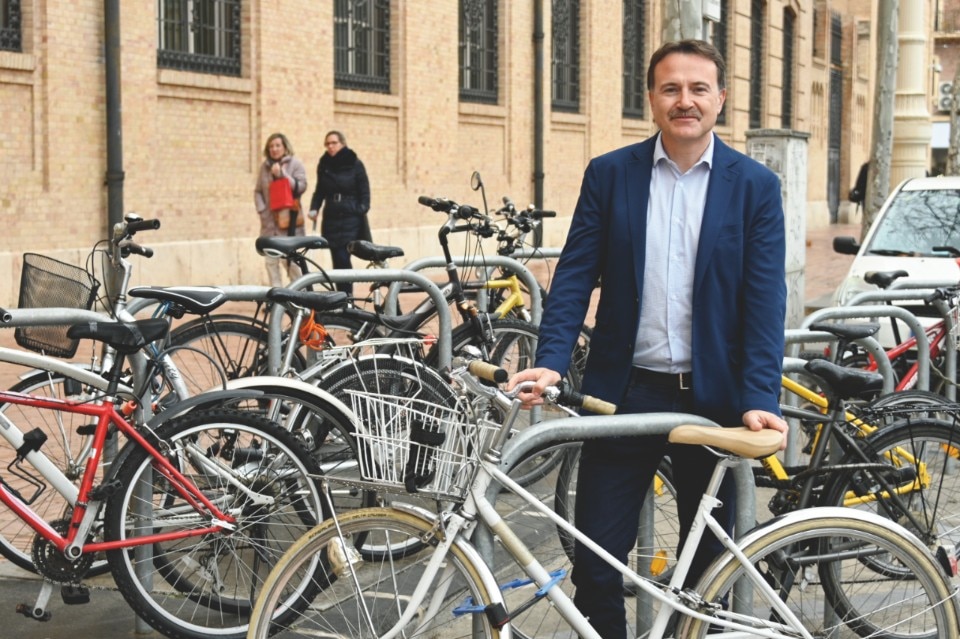
Why do you term your initiatives as “strategic urbanism”?
“‘Strategic urbanism’ is a tool to promote low-cost, rapid, and reversable measures, to reclaim quality public space. From 2015 to 2022 we have reclaimed more than 150,000 m² of green pedestrian areas, 2,182 m² around 13 schools (2020-2022). The overall result has been a 10% reduction in traffic and a 10% increase in public transport passengers. All emission indicators show a noticeable decrease, between 15 and 25%. There remains the problem of the metropolitan area, which has 45 districts in which more than 1.5 million people live: 73% of intercity journeys are made by car, while only 23% of internal journeys are by car.”
Is a car-free city a hope or a utopia?
“Cars will always be there, but a future in which their use is residual is possible. They may be useful in certain specific cases, but they involve huge investments and cause many problems, as we know.”


